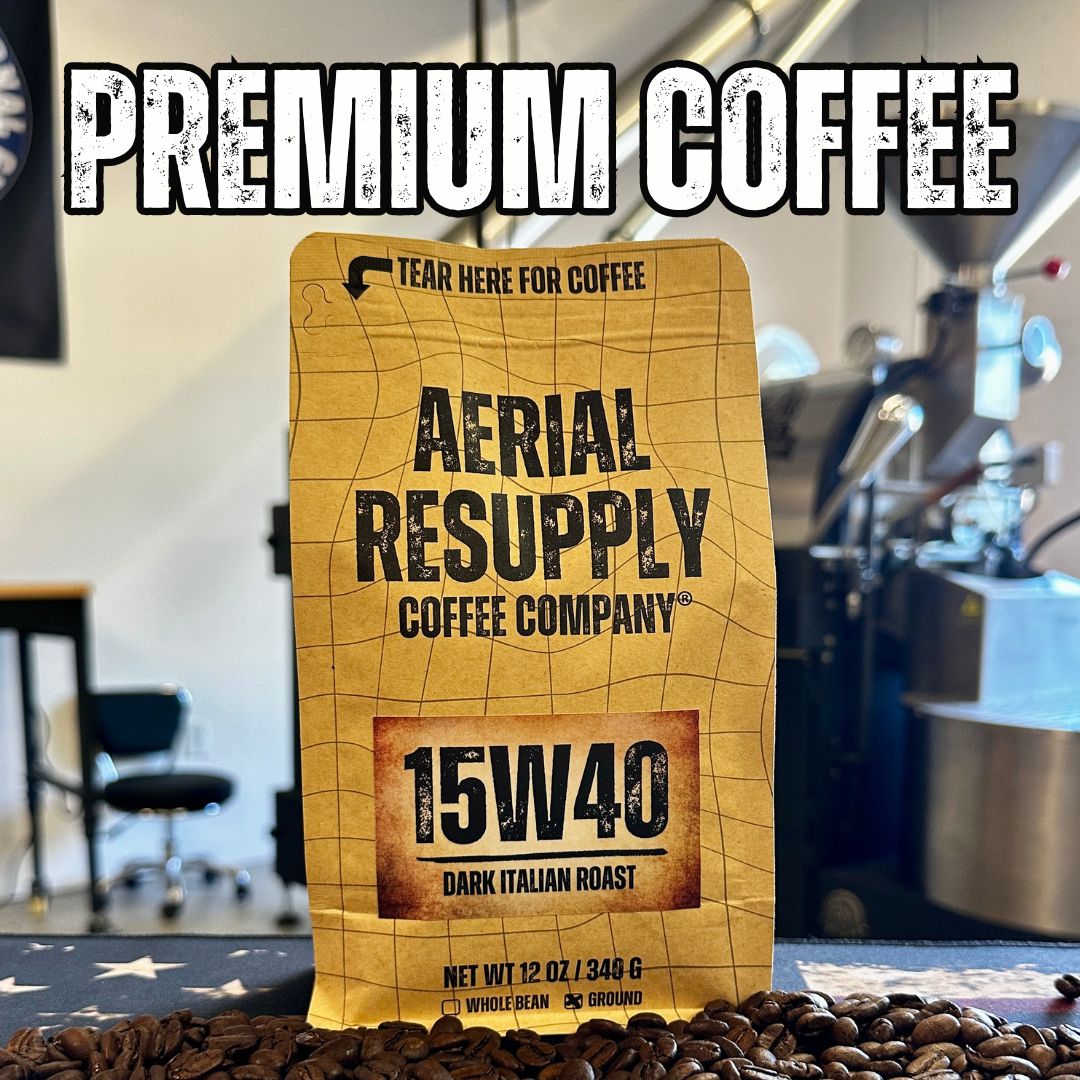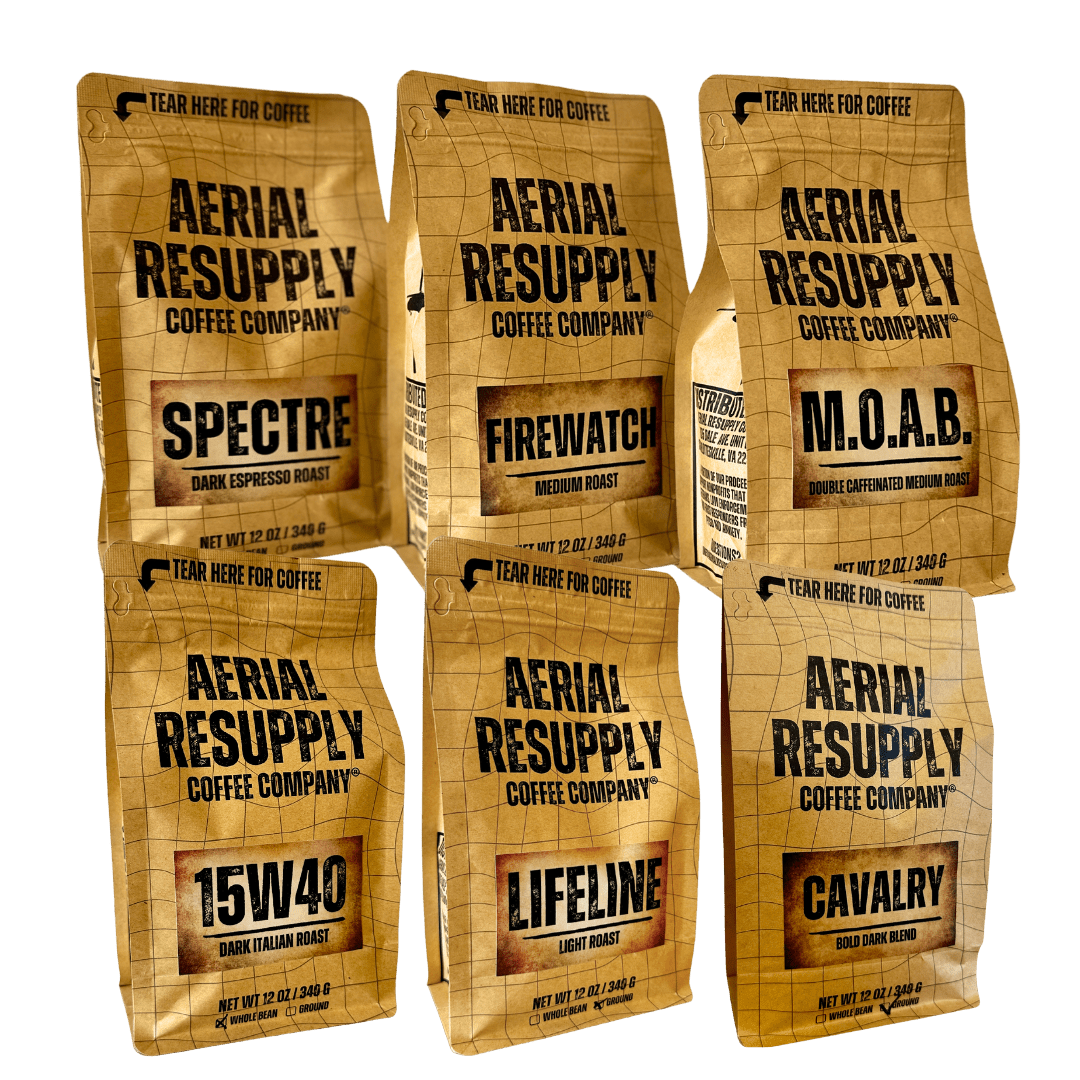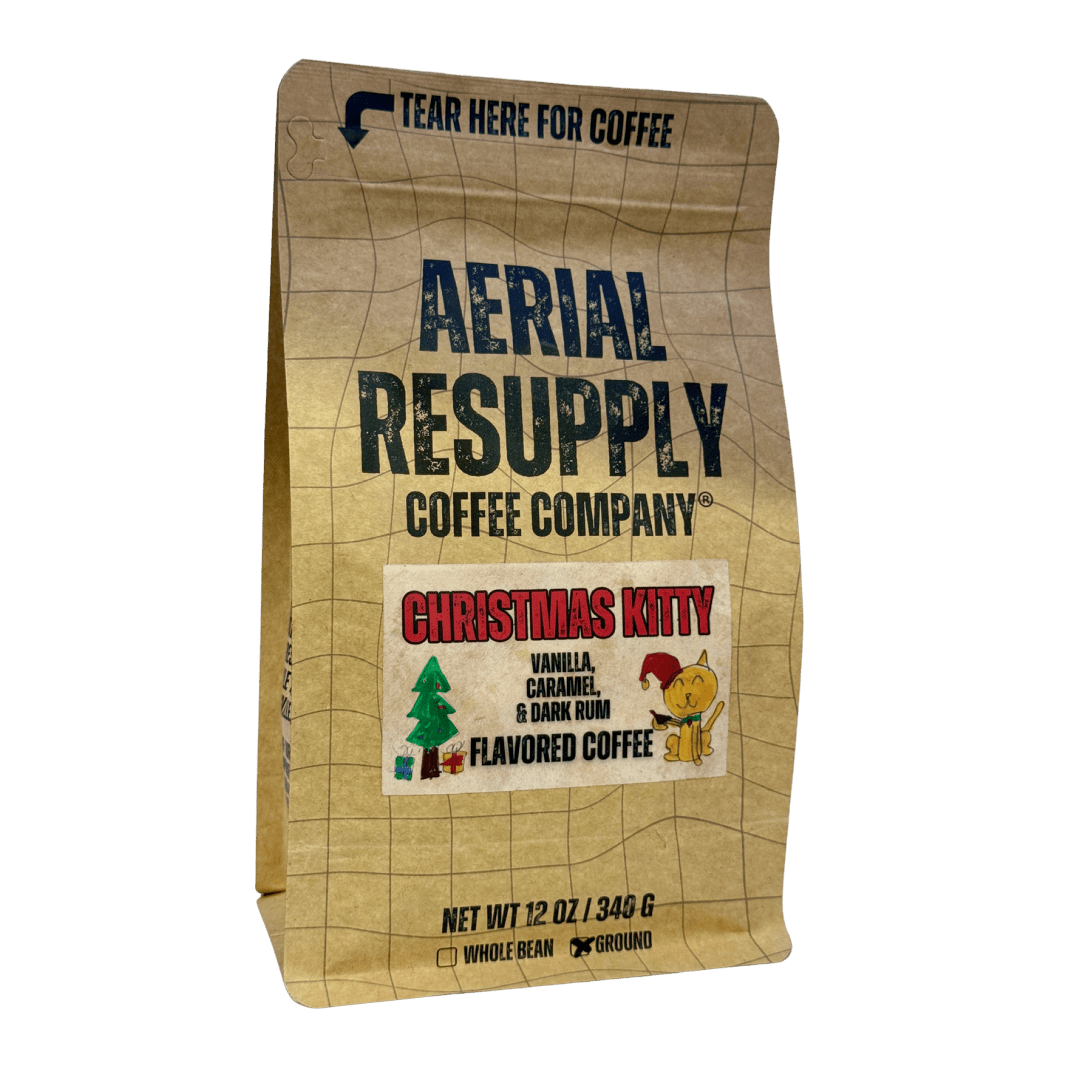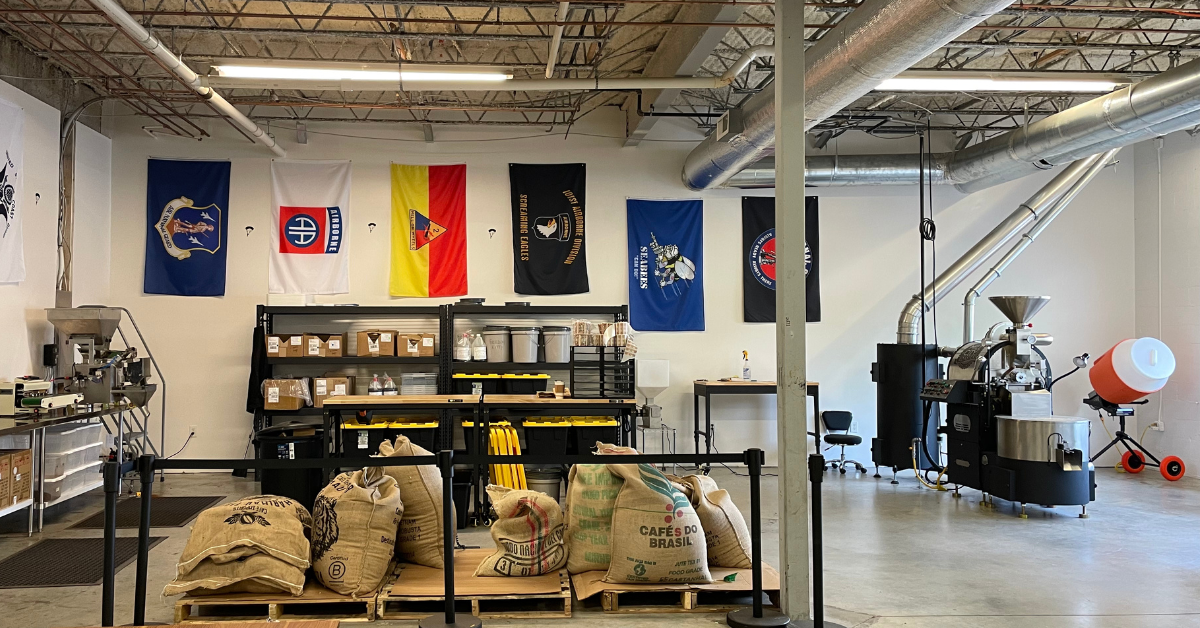What's the Difference Between Light, Medium and Dark Roast Coffee?
The art of coffee roasting unveils a range of flavors, each with the power to transform your daily coffee into an experience. It doesn’t matter if you’re having a light, medium, or dark roast. Each type tells a unique story in the world of coffee.
Envision your ideal coffee moment – a serene morning or a relaxing evening – a cup of coffee that’s the perfect roast and flavor. Keep reading further as we’re going to go over the nuances between light, medium, and dark roasts. Find the roast that speaks to your coffee narrative.
The Quick Answer
Discovering the perfect coffee roast is key to unlocking the full potential of your coffee experience. Each roast level brings its own distinct flavor profile and characteristics, shaping the essence of your brew:
These differences help set the stage to go deeper into what makes each roast unique and how they can cater to different coffee preferences.
Light Roast

About the Roast
Light roast coffee is roasted for the shortest time. This minimal roasting process retains the bean's original character, often resulting in a more complex and varied flavor profile.
Characteristics
- Bright and vibrant acidity.
- Light-bodied with a delicate mouthfeel.
- Retains most of the bean’s original flavors, often floral or fruity.
- Light brown color with no oil on the surface.
Best Brewing Methods
Light roast coffee shines in brewing methods that highlight its delicate flavors. Pour-over, Aeropress, and siphon brewers are excellent choices for extracting the intricate notes characteristic of this roast.
Medium Roast

About the Roast
Medium roast coffee strikes a balance between the original bean flavors and the effects of roasting. It's a popular choice worldwide for its well-rounded profile.
Characteristics
- Balanced acidity and body.
- Richer flavor than light roast, with more body.
- Notes often include nutty, chocolaty, or caramel tones.
- Medium brown color, usually with a more pronounced roast flavor than light roasts, but without the heavy oiliness of dark roasts.
Best Brewing Methods
The versatility of medium roast makes it suitable for a wide range of brewing methods. Drip coffee makers, French presses, and espresso machines all work well to bring out the full spectrum of flavors in a medium roast.
Dark Roast

About the Roast
Dark roast coffee is roasted the longest, creating a bold and robust flavor profile. This roast type is favored for its intensity and rich, deep flavors.
Characteristics
- Low acidity with a full body.
- Dominant roasted flavors, often with smoky or chocolate undertones.
- Notes may include bittersweet chocolate, caramel, or spicy nuances.
- Dark brown to black color, typically with an oily surface.
Best Brewing Methods
Dark roast coffee is ideal for brewing methods that accentuate its boldness and richness. Espresso machines and Moka pots are perfect for extracting the deep, robust flavors characteristic of a dark roast. French presses also work well for a full-bodied brew.
What's the Difference Between Light, Medium, and Dark Roast Coffee?

Here’s a table breaking down the differences between light, medium, and dark roast coffee:
|
Aspect |
Light Roast |
Medium Roast |
Dark Roast |
|
Flavor Profile |
Bright, fruity, floral |
Balanced, nutty, chocolaty |
Bold, smoky, sometimes bittersweet |
|
Acidity |
Higher, more pronounced |
Moderate, smooth |
Lower, less noticeable |
|
Body |
Lighter, more delicate |
Medium, more rounded |
Full, robust |
|
Caffeine Level |
Slightly higher (due to less bean breakdown) |
Slightly lower (more breakdown of caffeine) |
Lower still (further breakdown of caffeine) |
|
Best For |
Pour-over, Aeropress |
Drip coffee, French press |
Espresso, Moka pot, French press |
Now let’s look at the specifics of how each roast differs from the other.
Light vs. Medium Roast
Choosing between light and medium roasts can significantly influence your coffee experience. Light roasts offer a bright and complex flavor profile with higher acidity, while medium roasts provide a balanced taste with more body and roasted notes.
- Flavor: Light roasts have a vibrant, acidic flavor, often with floral or fruity notes, whereas medium roasts offer a balanced blend of slight acidity with nutty, chocolaty undertones.
- Acidity: Light roasts are known for their pronounced acidity, making them crisp and dynamic, while medium roasts have a smoother, more mellow acidity.
- Body: The body of light roasts is generally lighter and more delicate, contrasting with the fuller, more rounded body of medium roasts.
- Brewing Preference: Light roasts are ideal for methods like pour-over that highlight their intricate flavors, while medium roasts are versatile, working well with methods like drip coffee and French press.
Light vs. Dark Roast
The contrast between light and dark roasts is stark, affecting everything from the flavor profile to the brewing method. Light roasts are known for their nuanced, original bean flavors, while dark roasts are celebrated for their boldness and depth.
- Flavor: Light roasts retain the bean's inherent flavors, often floral or fruity, while dark roasts feature strong, smoky, and sometimes bittersweet flavors.
- Acidity: High acidity in light roasts leads to a brighter taste, in contrast to the low acidity of dark roasts, which gives a smoother feel.
- Body: Light roasts are typically light-bodied and delicate, whereas dark roasts are full-bodied and robust.
- Caffeine Content: Despite common beliefs, light roasts have slightly more caffeine due to less roasting time, compared to the reduced caffeine in dark roasts.
- Brewing Methods: While light roasts excel with methods like pour-over or Aeropress, dark roasts are best suited for espresso and Moka pot brewing.
Medium vs. Dark Roast
Medium and dark roasts differ in flavor intensity and overall mouthfeel, catering to diverse coffee preferences. Medium roasts balance original bean flavors with roasting notes, while dark roasts offer a more pronounced roasted profile.
- Flavor: Medium roasts are known for their balanced, often nutty or chocolaty flavors, while dark roasts are rich with bold, smoky, and sometimes bittersweet notes.
- Acidity: The acidity in medium roasts is moderate and smooth, unlike the lower acidity found in dark roasts which tend to have a smoother, almost muted acidity.
- Body: Medium roasts have a well-rounded body, contrasting with the full, robust body typical of dark roasts.
- Caffeine Content: Medium roasts contain slightly less caffeine than light roasts but more than dark roasts, which have the least amount due to extended roasting times.
- Brewing Preferences: Medium roasts are versatile, suitable for drip coffee and French press, while dark roasts are ideal for espresso and methods that emphasize their rich, strong flavors.
Choosing Your Roast

Selecting the perfect coffee roast can be a straightforward process if you know what to look for. Here are some simple questions and considerations to guide your choice:
What flavors do you enjoy in coffee?
- If you like bright and fruity notes, try a light roast.
- For a more balanced, sweet, or nutty flavor, medium roast is a good choice.
- Choose a dark roast if you prefer bold and smoky flavors.
How do you feel about acidity in your coffee?
- Prefer a sharper, more pronounced acidity? Go for a light roast.
- If you like a balanced acidity, medium roast is ideal.
- Low acidity preference? Select a dark roast.
What kind of body or texture do you prefer in your coffee?
- Light roasts offer a lighter body.
- Medium roasts provide a more balanced body.
- Dark roasts have a full, robust body.
Consider your favorite brewing method:
- Light roasts are great for pour-over and Aeropress.
- Medium roasts work well with most methods, including drip coffee and French press.
- Dark roasts are best for strong espresso or Moka pot brews.
If you don’t immediately know the answer to any of these questions, the best thing you can do is experiment with different roasts to discover what you like best.
Conclusion
In our deep dive of light, medium, and dark roasts, you can see how each brings its unique character and nuances to your coffee cup. Whether it's the bright and intricate flavors of a light roast, the balanced and harmonious notes of a medium roast, or the bold and rich depth of a dark roast, there's a whole world of taste to explore in these varied roasts.
The best roast is the one that resonates most with your personal taste preferences and brewing style. Part of the joy of coffee is in the experimentation. Try different roasts, experiment with brewing methods, and find that perfect cup that speaks to you.






